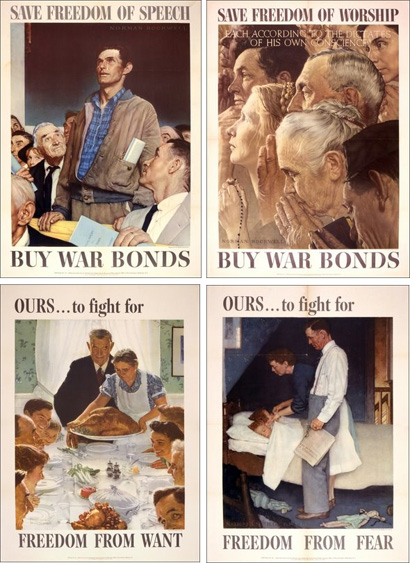
Click on image to enlarge.


Portland, the City of Rain, is wonderstruck by something white that fell from the sky.
Click on image to enlarge.
(Photo courtesy of a friend in the West Hills.)
 Fake notifications for electronic greeting cards allow scam artists to steal personal information from computer users who aren't careful.
Fake notifications for electronic greeting cards allow scam artists to steal personal information from computer users who aren't careful. 




 William Safire's Rules for Writers.
William Safire's Rules for Writers.
 Click to Enlarge
Click to Enlarge Today I heard the following story on OPB news.
Today I heard the following story on OPB news.
It was on November 26, 1942 that President Roosevelt announced that the United States would begin a national gas rationing campaign on December 1st. All Americans had to display a sticker in their car window saying what category of gas ration they had. Everyone started out at “A,” which got people about four gallons a week. Local rationing boards were set up to assign a “B” or “C” ration to people who needed more gas if they could prove it was necessary for their work.
The campaign made propaganda posters that asked, “Is This Trip Necessary?” or said, “When you ride ALONE you ride with Hitler! Join a Car-Sharing Club TODAY!” Along with the gas rations, the national speed limit was set at 35 mph.
The gas rationing wasn’t a result of a gas shortage. The United States was self-sufficient in oil and was actually a major exporter of petroleum. But the Japanese had taken over the rubber plantations in the Dutch East Indies that produced 90 percent of America’s raw rubber, and there was no synthetic rubber. The government was afraid that if everyone kept driving, they would wear out tires that couldn’t be replaced. The factories and the entire war effort would come to a halt. So the United States' first national gas rationing campaign was a roundabout way to conserve rubber.
The gas ration continued until August of 1945.
To read more on WWII rationing in the US Click Here.
From The Writer's Almanac



In his 1941 State of the Union Address, U.S. President Franklin D. Roosevelt expressed four freedoms that should serve as a foundation not only for the U.S. but for the world: Freedom of Speech, Freedom of Worship, Freedom from Want, and Freedom from Fear. Two years later, in 1943, the weekly Saturday Evening Post magazine published, in four consecutive issues during February and March, the four famous posters created by Norman Rockwell that visualized — in his unmatched depiction of everyday American life — Roosevelt's Four Freedoms. Now, 65 years after they were first published, The Wolfsonian museum in Miami Beach has asked 60 designers from around the world to design a poster or series of posters based on Rockwell's Four Freedoms. The exhibition, Thoughts on Democracy, [opened 7/5/08].

In the best spirit of transparency (and democracy!) the team at The Wolfsonian has been updating a wonderful blog that showcases all the submitted posters and shares the process of mounting the exhibition. Not all 60 contributions are good, or not all 60 contributions I get, but here are some of my favorite posters (click on each image to go the appropriate entry on the blog):
Chip Kidd
While most designers submitted a single poster that captured the essence of Rockwell's four posters, Kidd did a blow-by-blow of each poster and created this series that deals with what happens when those four freedoms are eschewed to the wrong extremes: "Thus Freedom from Want leads to rampant obesity; Freedom of Worship leads to using God to hate; Freedom of Speech leads to destruction of property; and Freedom from Fear leads to the proliferation and deadly use of guns." [To read the rest of this article Click Here.].
MailWash uses the built-in capabilities of your web browser to make a working application that sits in a small (less than 4KB) web page that you can save to your computer.
Use MailWash to quickly remove unsightly >'s, like in this email:
|
> > > > > THE SMELL OF RAIN |
and get clean text like this:
|
THE SMELL OF RAIN |
MailWash can also be used to quickly remove forced line breaks from text copied from web pages or previously sent email messages.
Requirements:






